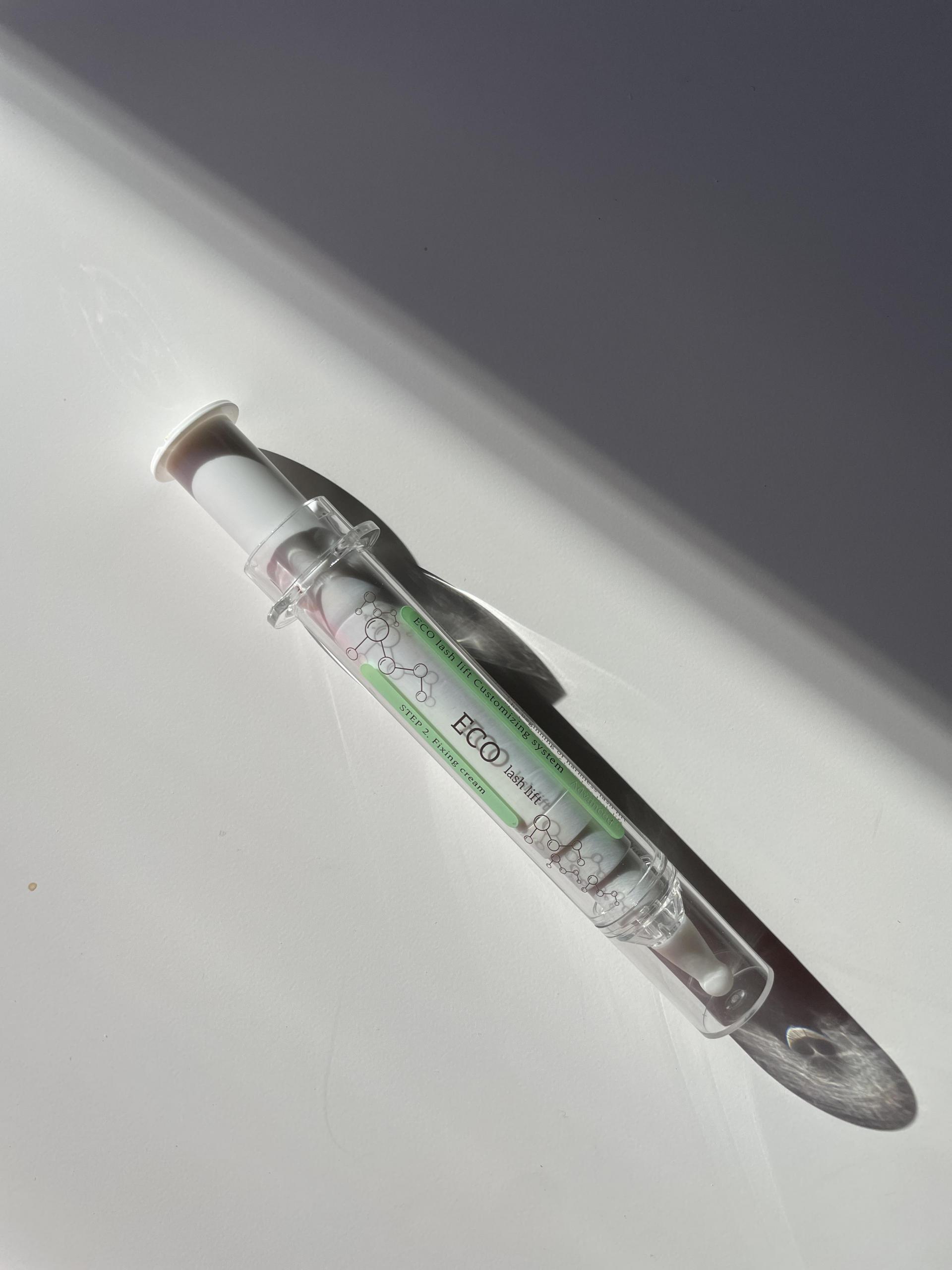"Caution When Choosing Lash Lift Products"
Today, let's discuss the recent news that sodium bromate, a substance commonly used in eyelash lifting products, has been designated as a carcinogen in the EU, UK, Canada, Taiwan, and Brazil. Despite this classification, sodium bromate continues to be used in some eyelash lifting products.
1. What is Sodium Bromate?
Sodium bromate (NaBrO₃) is an inorganic compound composed of sodium, bromine, and oxygen. It exists in crystalline form, appearing as colorless or white crystalline powder. Sodium bromate is primarily used as an oxidizing agent in various industrial chemical processes and is also found in certain cosmetics, including eyelash lifting products.
2. Carcinogenic Concerns of Sodium Bromate
Recent studies have raised concerns about the carcinogenic potential of sodium bromate, particularly with prolonged exposure. Some countries, including Canada, have taken regulatory actions to restrict or prohibit the use of products containing sodium bromate due to its classification as a carcinogen. The reason for this classification is the potential formation of harmful compounds when sodium bromate is used in concentrations above a certain threshold.
- Metabolic Transformation: Sodium bromate may undergo metabolic transformations in certain environments, leading to the formation of harmful metabolites. These metabolites can cause cellular damage, increasing the risk of cancer development.
- Toxicity and Genetic Damage: Sodium bromate may exhibit toxicity in some cells and cause damage to the cell's genetic material. Such cellular damage can promote the formation and growth of tumors.
- Long-Term Exposure Issues: The risk of carcinogenesis is believed to increase with prolonged exposure to sodium bromate, particularly when the exposure level exceeds certain concentrations. Persistent exposure through everyday cosmetics or beauty products may pose a concern.
3. Association with Eyelash Lifting Products
Sodium bromate is used in some eyelash lifting products to facilitate the chemical process involved in reshaping the lashes permanently. It is employed for its alkaline properties and its role in chemical treatments that alter the structure of eyelashes.
- Penetration and Alkaline Adjustment: Sodium bromate can serve as an alkaline component in perm solutions. This helps open the structure of the eyelashes, allowing the formulation to penetrate and permanently change their shape.
- Chemical Processing: Eyelash perm solutions induce a chemical process to transform eyelashes into a curved or lifted form. Sodium bromate is used as a compound necessary for this chemical processing.
- Permanent Results: The use of eyelash perm solutions, with sodium bromate as an essential component, results in a permanent alteration of the eyelash shape.
4. Alternative to Sodium Bromate in Oxidizing Agents
Determining whether all oxidizing agents are safe or unsafe is a challenging task. The necessity of chemical reactions often requires the use of certain compounds, and many oxidizing agents used in cosmetics and hair products are regulated to be used at safe concentrations. However, the ongoing consideration remains regarding what the best choices are for manufacturers.
In this context, let's discuss hydrogen peroxide as a potential substitute for the oxidizing role of sodium bromate, which has been classified as a carcinogenic substance.
- Hydrogen Peroxide: Hydrogen peroxide serves as an oxidizing agent in the eyelash perming process. Eyelashes undergo structural changes when exposed to this compound. Typically, in eyelash perming, hydrogen peroxide is applied to oxidize the lashes for a specified duration, and then a specific product is used to set the shape. While commonly chosen as an alternative, it is crucial to regulate the concentration of hydrogen peroxide as high concentrations can cause irritation to the skin and eyes.
Both sodium bromate and hydrogen peroxide have varying safety considerations depending on their context of use and concentration. However, it's important to note that the assertion of safety for any compound is limited to its proper use and adherence to guidelines.
5. The Alternative Chosen by Our Brand
Therefore, we have chosen hydrogen peroxide* as what we deem to be a slightly safer alternative. In the Eco Lash Lift Customizing System Step 2, the fixing cream (the exact concentration cannot be disclosed due to the recipe) contains the minimum amount of hydrogen peroxide necessary. We have reduced the amount even further than what is typically used in lifting solutions.
However, to maintain the efficacy of the oxidizing agent, additional compounds have been added to ensure consistent results compared to other oxidizing agents. The following are the additional natural-friendly and less harmful ingredients.

- Diaminopropane 1,3: Diaminopropane 1,3 is carefully chosen for its high care properties in eyelash hair care products. This ingredient contributes to the overall texture and health of eyelash hair, aiding in improvements for various hair types.
- D-Panthenol (Dexpanthenol): In eyelash lifting products, D-panthenol, or provitamin B5, can be effective in softening and strengthening eyelashes. It also supplies moisture to the skin, maintaining a healthy state.
- Hydrogen Peroxide: Hydrogen peroxide primarily plays the role of an oxidizing agent in eyelash products. Particularly in perm products, it helps open the hair structure, allowing color to penetrate into the hair.
- Plant Extracts: Plant extracts such as chamomile, green tea, and rosemary provide nourishment to the skin and can help reduce inflammation in eyelash lifting products.

